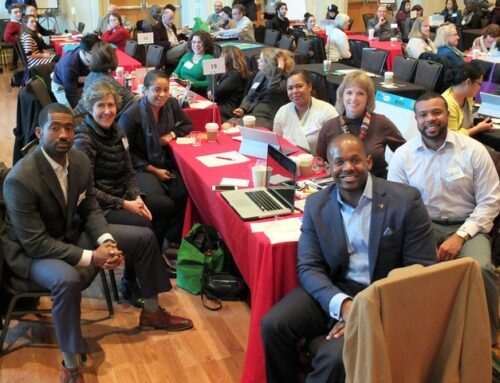What? Some projects don’t go well? No way!! 🙂
OK, so clearly they do. Not ours, of course, but other people’s projects sometimes don’t work out as intended. I know it’s natural human behavior to not want to be at fault or have a project not doing so well, but sometimes, despite our best efforts, we have projects that aren’t on track. What do we do to get them back on track and prevent this from happening in the future?
Here’s a cheat sheet of things to consider (or to tell that “other” poor soul that’s having issues on their project) to get back on track:
- Manage expectations, not problems: Figure out the real bottom line. Don’t go down the who’s at fault or how do I hurry up and cover my butt path, but actually look at what the real issue is and what can be done about it. What you are calling the problem may not be the whole story. You could fix the problem without actually addressing what caused it, thereby increasing the likelihood that it happens again. We actually need to be focused on outcomes. Outcomes are what people really need to know. Here’s an example: The problem is that you have a flat tire. The potential outcome is that you may not get to work on time. You could fix the flat tire (problem) and still not address the outcome you wanted to avoid – getting to work on time.
- Be forward looking: Don’t focus all of your energy on where you are today (a.k.a. status). Remember to spend energy and the energy (attention) of your stakeholders by reminding them where you are going and how you plan to get there. This helps everyone keep their eye on the ball.
- Plan for planning: Make sure you allow time for all of the work you have to do as the project manager on the project. Sometimes I see plans with zero activities for the PM and wonder how they are going to stop time and make the work they have to do happen while they are fully booked on “other” tasks or meetings during the day. Don’t set yourself up for exhaustion…you won’t get time to recover between projects, I assure you!
- Use templates, checklists and peers: Leverage a template or tool to help you think through all of the things that must be done on your project when you start a new one. That way, you are less likely to miss the gotchas that are coming down the road. Don’t forget to ask your peers to review your plans and give you feedback. You can avoid tons of pitfalls just by learning from the mistakes
- Think of yourself as orchestrator: They are judged by the sound that is made, yet they make no noise. Don’t jump in and start playing the instruments when things are not going well. Just keep directing the orchestra. This allows you to keep the momentum forward without getting caught by the swirl of every issue that may arise.
- Write it down: Are the work products you are creating facilitating getting the work done or are you simply using them to document what happened? How many times did you update a project schedule to write down the work that happened after the fact?
- Know your stakeholders: The better you get to know your stakeholders, the better you will get at getting information out of them to prevent letting the project go down hill and the faster you will be able how to address their WIIFM (what’s in it for me) to help you get the project back on track.
- Don’t expect people to read: People have very little time to read these days, unfortunately. Keep your communications clear and succinct then go find the people you need to talk to and actually talk to them. A five minute conversation can save hours of miscommunication over email. Yes, write things down, but use one page formats or simple bullet lists in email to get your facts across in a very short time, then speak to people. They will tell you tons they won’t write down!!
- Manage to the right level of detail: If you manage at too high of a level, you are likely to miss details, risks, issues that are just waiting to jump out and grab you. This is not a license to micromanage the heck out of the project, just don’t assume that everyone has an entire sub-project under control without breaking that work down just a few layers.
- Always ask why: When you are presented with a problem, keep asking why until you get to the REAL concerns people have and the root cause of the problem. Seems simply, huh? How many times have you stopped at the first answer and not really understood how the problem occurred. If you want to prevent repeat problems, understand the why they happened.
I’ve given you some ways to rethink how you understand and address some of the common reasons good projects go bad.
Now, go Get. It. Done!
See you online!!
Click here to receive these blog posts right to your inbox.
Fill out our one-minute survey if you have topics you would like read more about.
I welcome your feedback and insights. Please leave a comment below.
See you online!
Warmly,









